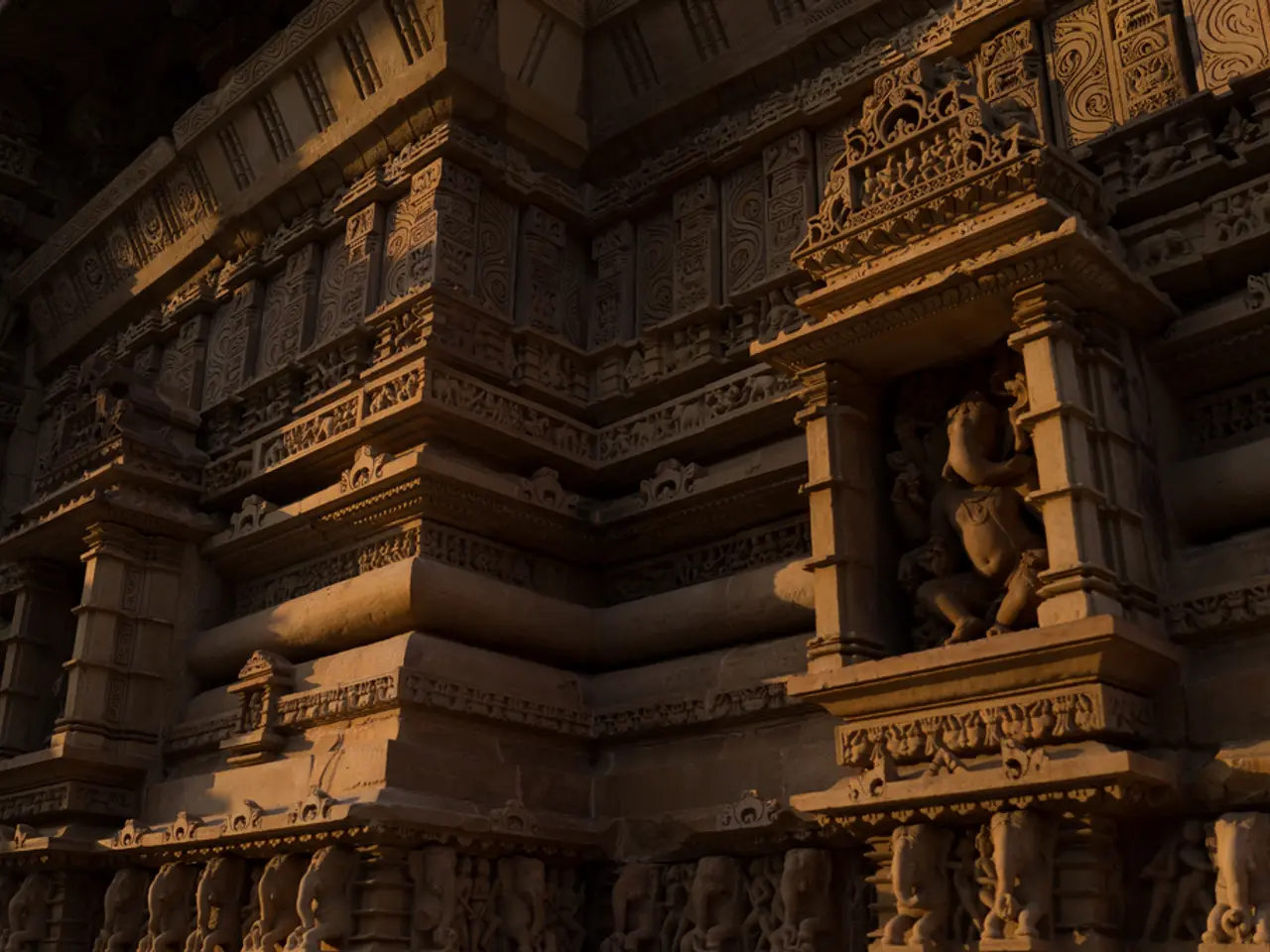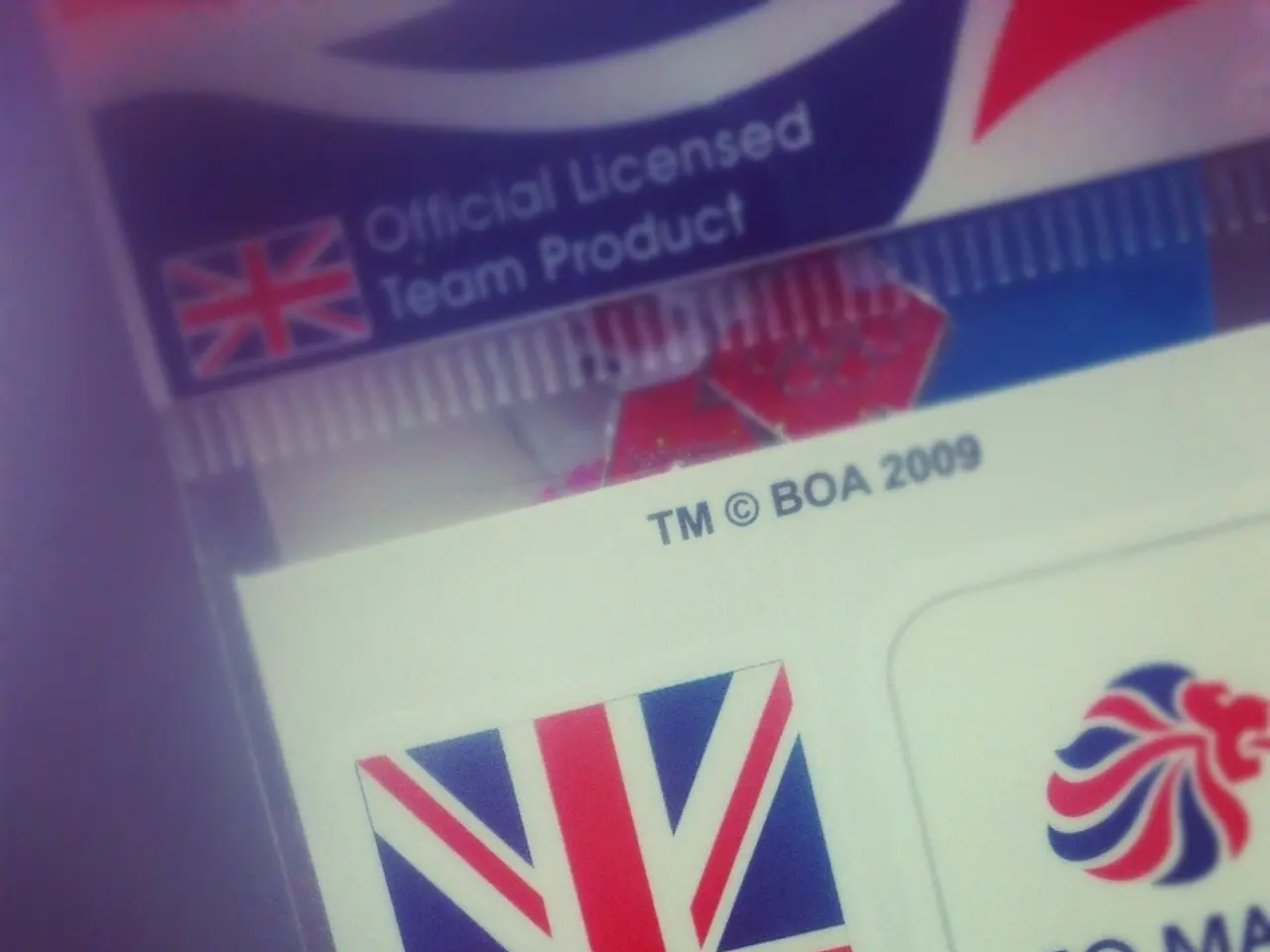Unearthed Roman Arts Quarter Yields Coins and Ancient Artifacts
==============================================================================
In the heart of Italy, the ancient Roman city of Suasa has been unveiled as a significant player in the Roman Empire's economy. A recent archaeological study, led by the University of Bologna, has shed light on Suasa's role as a hub for coin and pottery production, integrating local industry into the broader Roman economy and facilitating commerce through its strategic geographical connections.
Suasa's strategic location near the Cesano River and along major Roman roads, such as the Via Flaminia and Via Salaria Gallica, enabled efficient transportation and trade across central Italy and beyond, linking the city closely to Rome.
Archaeologists have unearthed a sprawling production district just outside the city center along a main street, dedicated to mass production of coins and pottery. The district included workshops, kilns, and facilities, reflecting an advanced industrial organization centered on arts and crafts. The University of Bologna research team discovered an "extraordinary quantity of coins and some nearly intact vases," shedding light on the scale of industrial activity within the city.
The city's rapid growth in the first century B.C. made it an administrative and commercial center, with monumental buildings such as forums, theaters, and temples appearing during its zenith in the first and second centuries A.D. By the second century A.D., Suasa reached its peak, becoming a major Roman administrative center.
However, Suasa's prosperity began to wane in the second half of the third century A.D., with a gradual decline setting in. By the sixth century A.D., Suasa had been abandoned, with many of its residents retreating to the more defensible hill regions.
The excavation of the production district in Suasa uncovered impressive remains of pottery kilns, production areas, and thousands of coins. These artifacts, left untouched by those who fled, offer a rare glimpse into the final days of a once-thriving urban center.
This discovery provides new insights into the economic infrastructure of the Roman Empire, showcasing a highly specialized area of commerce and craftsmanship in Suasa. The ancient city's dual role as an administrative center and a specialized industrial hub played a crucial part in the Roman Empire's stability and expansion.
Sources:
[1] University of Bologna. (2021). Archaeological Site of Suasa: A New Discovery in the Heart of Italy. [online] Available at: https://www.unibo.it/en/news/archaeological-site-suasa-new-discovery-heart-italy
[2] Romano, L. (2021). Suasa: The Archaeological Site of an Ancient Roman City Revealed. [online] Available at: https://www.archaeology.org/issues/20210223/suasa-italy
[3] Potter, T. (2021). The Archaeological Discovery of Suasa: A Roman City's Economic Significance. [online] Available at: https://www.ancient.eu/article/1215/the-archaeological-discovery-of-suasa-a-roman-citys-economic-significance/
The mass production of coins and pottery in Suasa, made possible by its strategic location and advanced industrial organization, significantly contributed to the Roman Empire's finance sector, integrating local industry into the broader Roman economy. The impressive discovery of artifacts like pottery kilns, thousands of coins, and intact vases demonstrates Suasa's role as a major Roman administrative center and a specialized hub in the Roman Empire's economic infrastructure.




